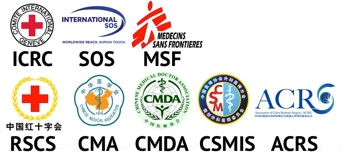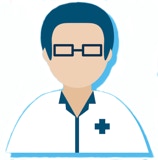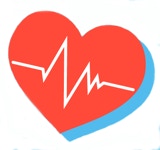

Doctors
Institutions
Conditions
Drugs

Acupuncture is a substantial part of traditional Chinese medicine (TCM). Early acupuncture beliefs relied on concepts that are common in TCM, such as a life force energy called qi. Qi was believed to flow from the body's primary organs (zang-fu organs) to the "superficial" body tissues of the skin, muscles, tendons, bones, and joints, through channels called meridians. Acupuncture points where needles are inserted are mainly (but not always) found at locations along the meridians. Acupuncture points not found along a meridian are called extraordinary points and those with no designated site are called "A-shi" points.
In TCM, disease is generally perceived as a disharmony or imbalance in energies such as yin, yang, qi, xuĕ, zàng-fǔ, meridians, and of the interaction between the body and the environment. Therapy is based on which "pattern of disharmony" can be identified. For example, some diseases are believed to be caused by meridians being invaded with an excess of wind, cold, and damp. In order to determine which pattern is at hand, practitioners examine things like the color and shape of the tongue, the relative strength of pulse-points, the smell of the breath, the quality of breathing, or the sound of the voice. TCM and its concept of disease does not strongly differentiate between the cause and effect of symptoms.










